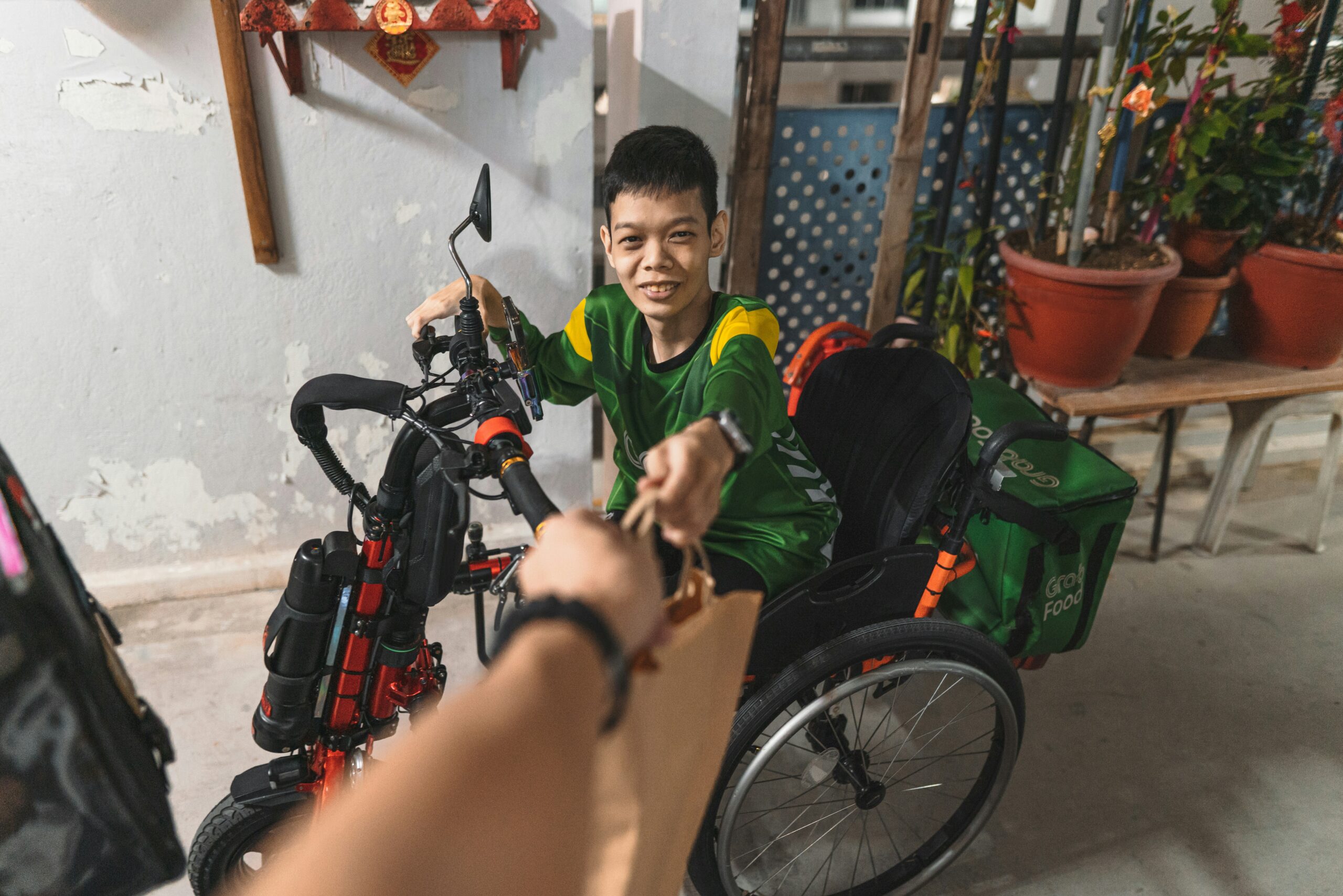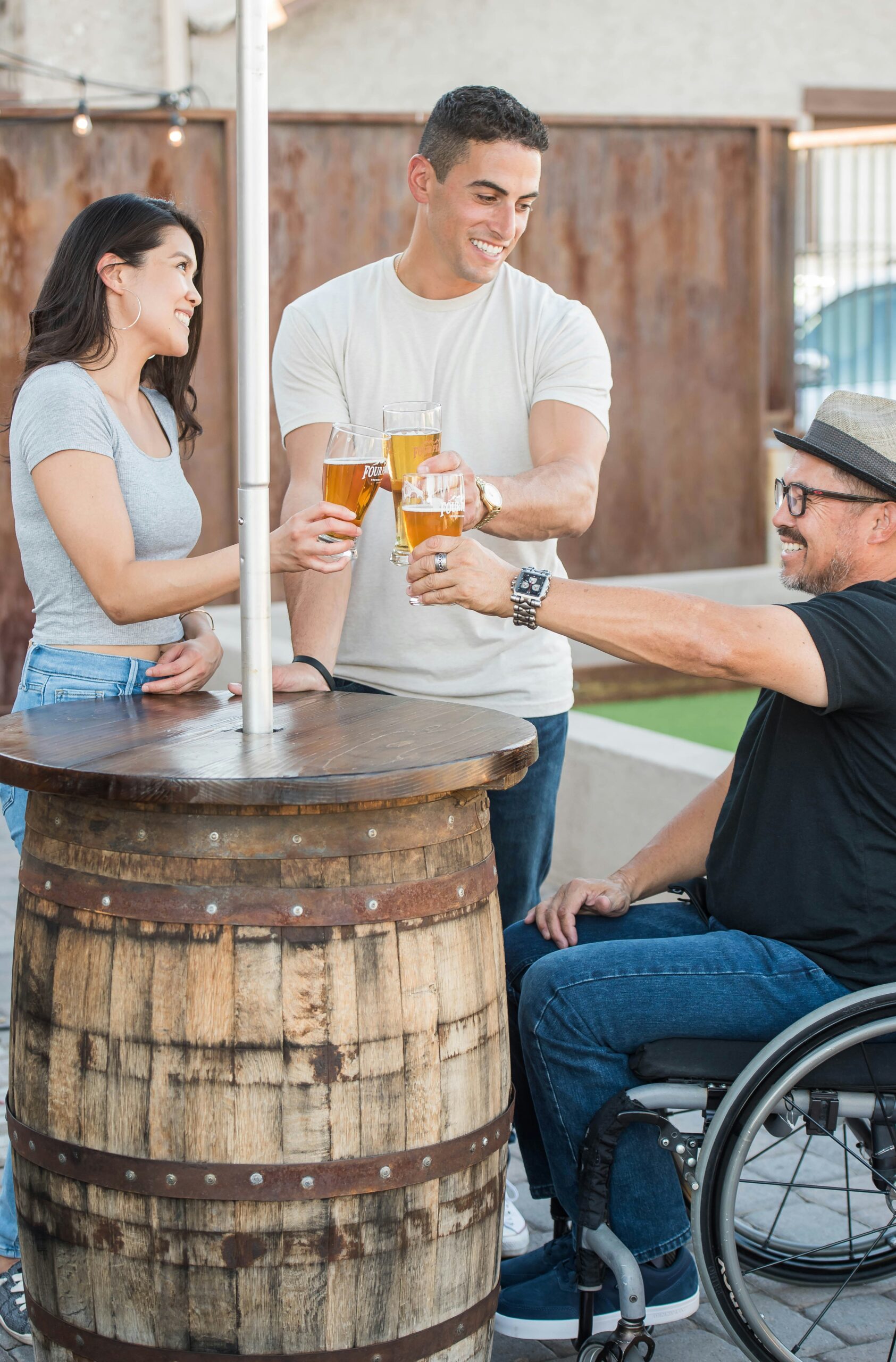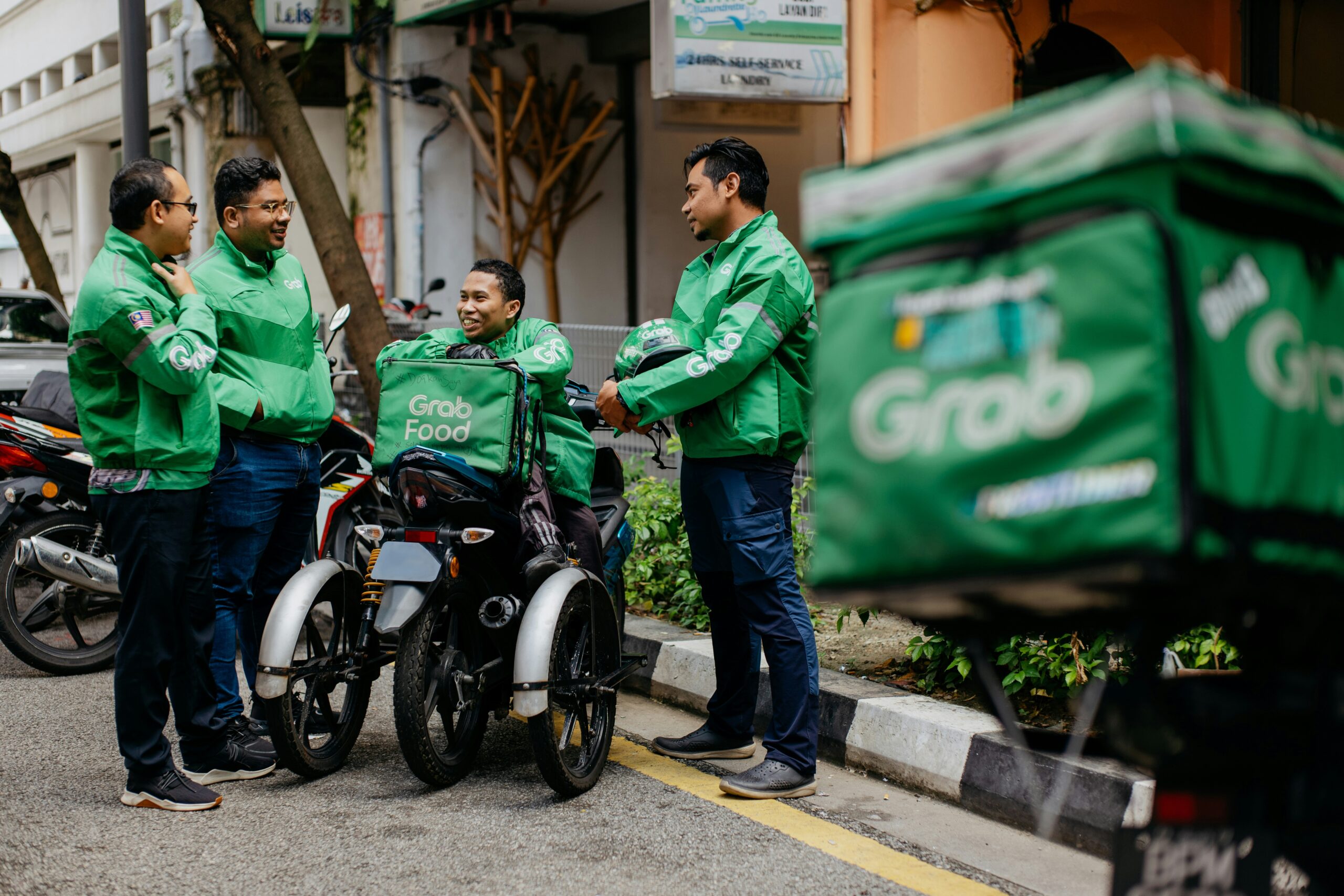In times of emergency, it is crucial to be prepared, especially when it comes to the well-being of individuals with disabilities. But what exactly should you include in an emergency kit tailored to their needs? When assembling such a kit, it is important to consider factors such as mobility challenges, medical conditions, and any specific sensory or cognitive needs. This article will provide you with a comprehensive guide to help ensure that your emergency kit is equipped to meet the unique requirements of people with disabilities, offering peace of mind and support during uncertain times.

Importance of a Personalized Emergency Kit
In times of emergency, having a personalized emergency kit is crucial for individuals with disabilities. Such kits are tailored to meet their specific needs and ensure that they have the necessary supplies and resources to stay safe and comfortable during challenging situations. By understanding the unique requirements of the person with a disability and recognizing the key items that are essential for their condition, we can create a comprehensive emergency kit that provides peace of mind and reassurance.
Understanding the specific needs of the person with the disability
When assembling a personalized emergency kit for someone with a disability, it is essential to take into account their specific needs. This includes considering any medical conditions they have, their mobility limitations, communication difficulties, and sensory impairments. By understanding these needs, we can ensure that the emergency kit contains the necessary items and resources to cater to them effectively.
Medical Supplies and Medications
One of the most critical aspects of a personalized emergency kit is ensuring that it includes all necessary medical supplies and medications. Create a detailed list of regular medications, including the dosage and frequency of administration. It is also advisable to include copies of prescription documents for emergencies. In addition, if the person requires glasses or contact lenses, keep extras in the emergency kit. Finally, a well-stocked first aid kit with bandages, antiseptic wipes, and creams should be included to address any minor injuries or wounds that may occur during an emergency.
Accessibility Tools
For individuals with disabilities, accessibility tools are of utmost importance during an emergency. These tools can greatly enhance mobility, communication, and independence. It is crucial to include necessary mobility aids such as extra canes or walkers to ensure the person with a disability can move around safely. Additionally, communication devices such as personal amplifiers or speech synthesis devices should be included for those with speech or hearing impairments. For individuals who are visually impaired, it is essential to pack braille readers and a sufficient supply of braille paper. Lastly, magnifying tools can greatly assist those with vision impairments in reading or examining objects during an emergency.

Backup Battery and Chargers
During a crisis, ensuring that medical or mobility devices remain powered and functional is essential. Including a backup battery or alternative power source for these devices is crucial in a personalized emergency kit. Additionally, pack extra charging cords and power banks to guarantee an ongoing power supply. It is also worth considering including manual device operation instructions in the kit, as this can serve as a useful resource in case of technical difficulties.
Food and Water
In emergency situations, access to appropriate food and water becomes paramount. When preparing a personalized emergency kit, consider the person’s dietary needs and pack non-perishable food items that suit their specific requirements. It is recommended to have enough bottled water to last at least three days. Additionally, include utensils such as easy-to-open cans or jars to ensure that the person can access their food without any difficulties.

Copies of Important Documents
Having copies of important documents readily available can be invaluable during emergencies. Include essential medical records and prescriptions, as well as insurance documents, in the personalized emergency kit. It is also essential to have a list of contact information for doctors and close family members, ensuring that communication can be maintained even during challenging circumstances.
Comfort Items
In times of distress, comfort becomes crucial. Including comfort items in a personalized emergency kit can provide much-needed solace. Pack comfortable clothing that allows for freedom of movement, as well as blankets and pillows to ensure a good night’s sleep. For some individuals, favorite non-perishable comfort food items can also be included to provide a sense of familiarity and security. Lastly, entertainment items such as books or games can help distract and alleviate stress during an emergency.
Hygiene Supplies
Maintaining hygiene even during challenging times is essential for both physical and mental well-being. Include toilet paper, hand sanitizers, and basic hygiene supplies in the personalized emergency kit. Additionally, ensure that toothbrushes and toothpaste are readily available to maintain oral health.
Additional Care Items for Those with Severe Disabilities
For individuals with severe disabilities, additional care items specific to their condition should be included. This may include extra diapers for those with incontinence issues or feeding tubes for those who rely on them for nutrition. By including these additional care items, we can ensure that the personalized emergency kit meets all the individual’s needs accurately.
Preparation for Possible Evacuation
In situations where evacuation becomes necessary, it is important to prepare in advance. This involves creating clear instructions for emergency personnel regarding the person’s special needs. Ensure that all necessary information is clearly communicated, enabling emergency responders to provide appropriate assistance. Pre-planned evacuation routes should also be included in the emergency kit, allowing for a swift and safe departure from the affected area. Finally, it is advisable to provide training for the person with a disability, enabling them to effectively ask for help during an emergency and ensuring their safety and well-being.
By assembling a personalized emergency kit that takes into account the specific needs of individuals with disabilities, we can provide them with the resources they need to navigate through uncertain times. With careful consideration of medical supplies, accessibility tools, backup battery and charger options, food and water, copies of important documents, comfort items, hygiene supplies, additional care items, and preparation for possible evacuation, we can ensure their safety, comfort, and well-being during emergencies. Remember, it’s always better to be prepared than to be caught off guard.

